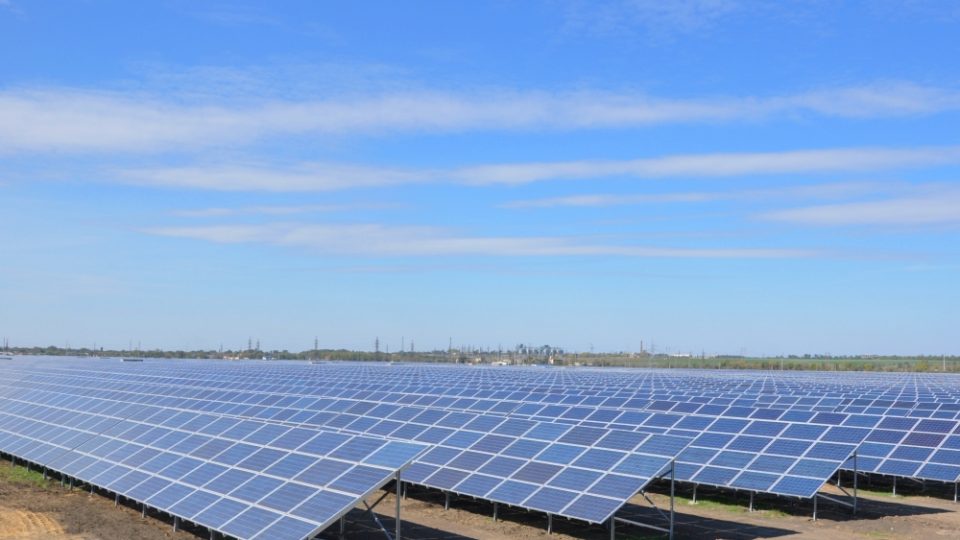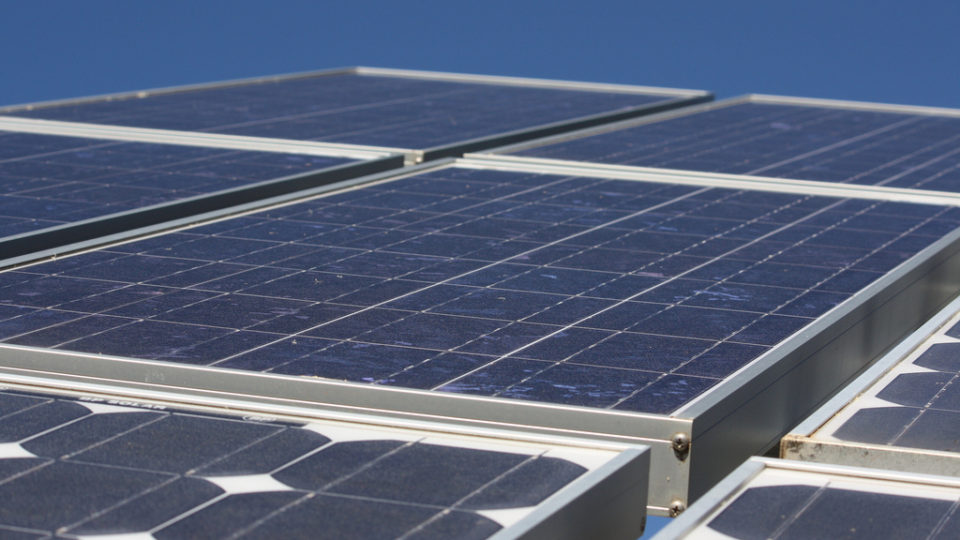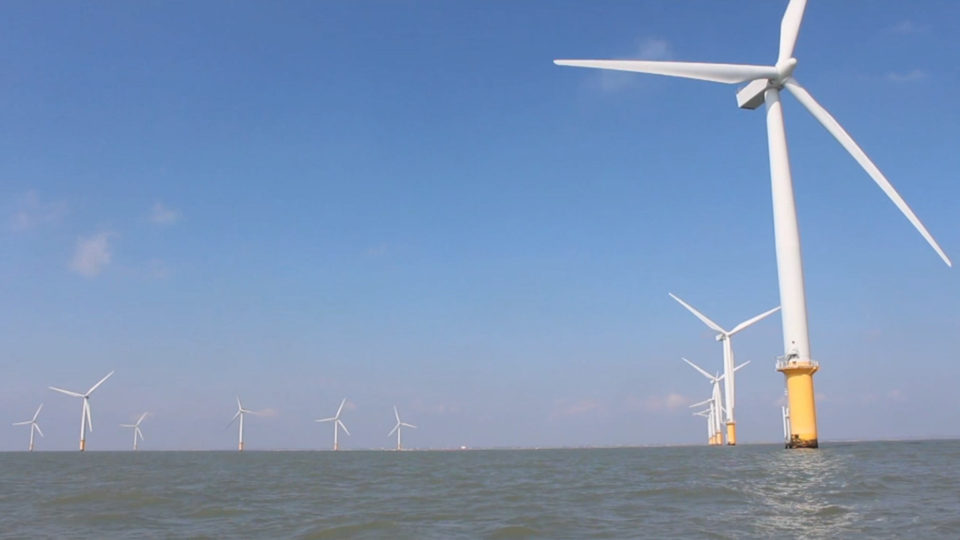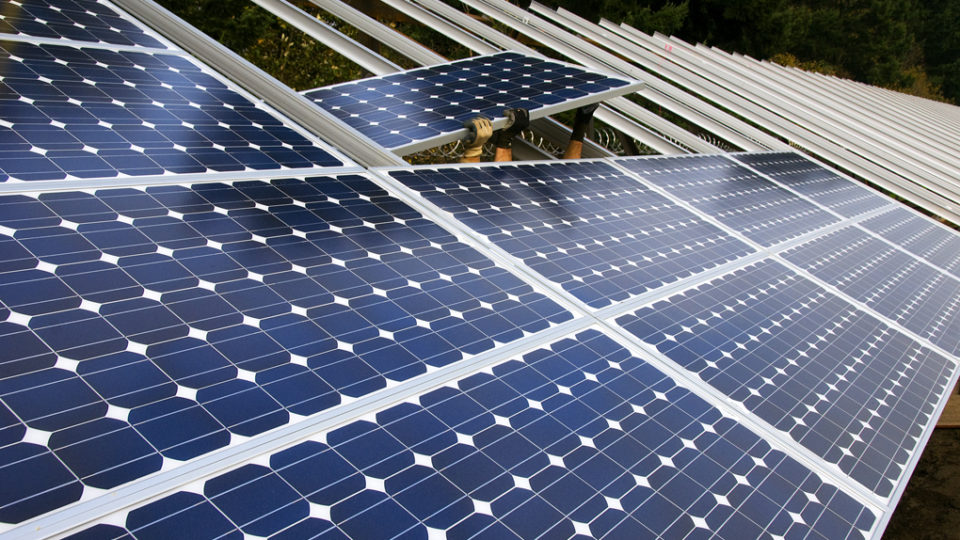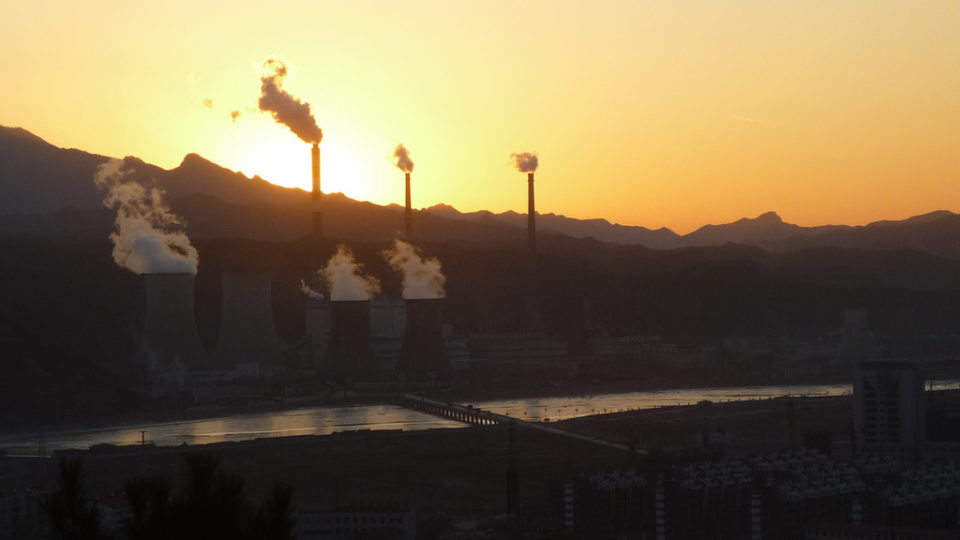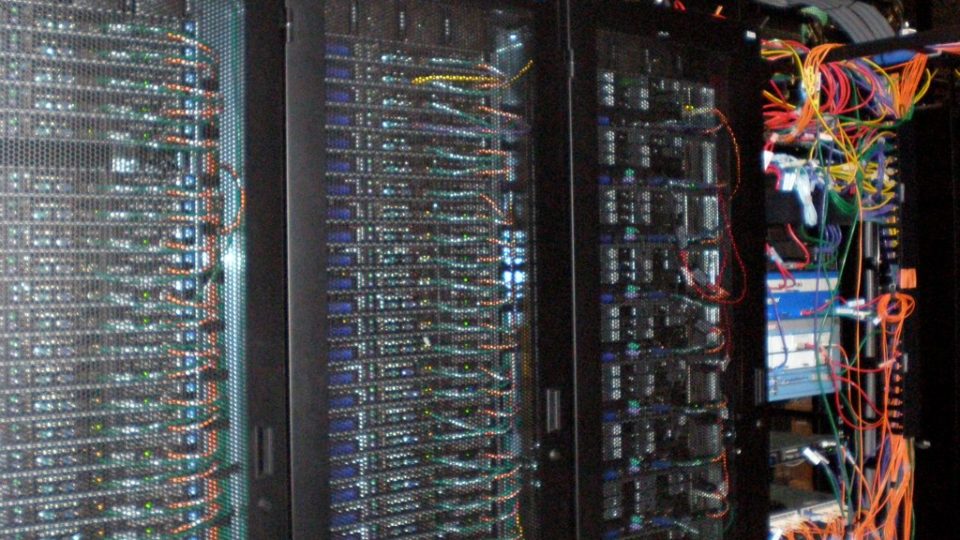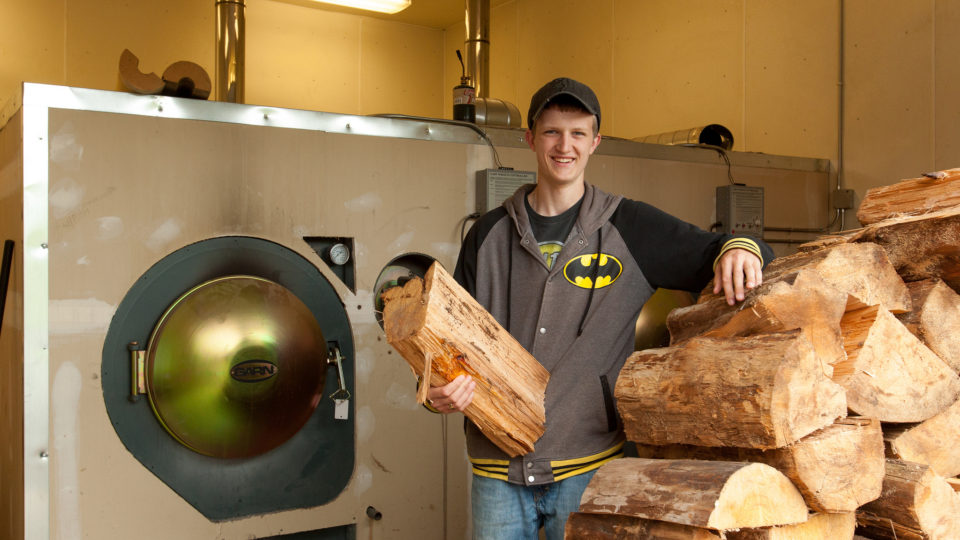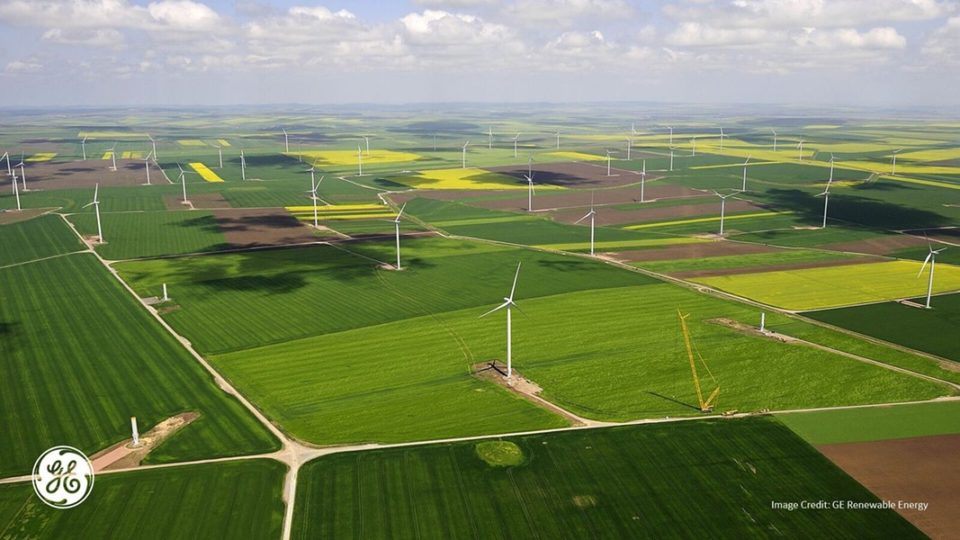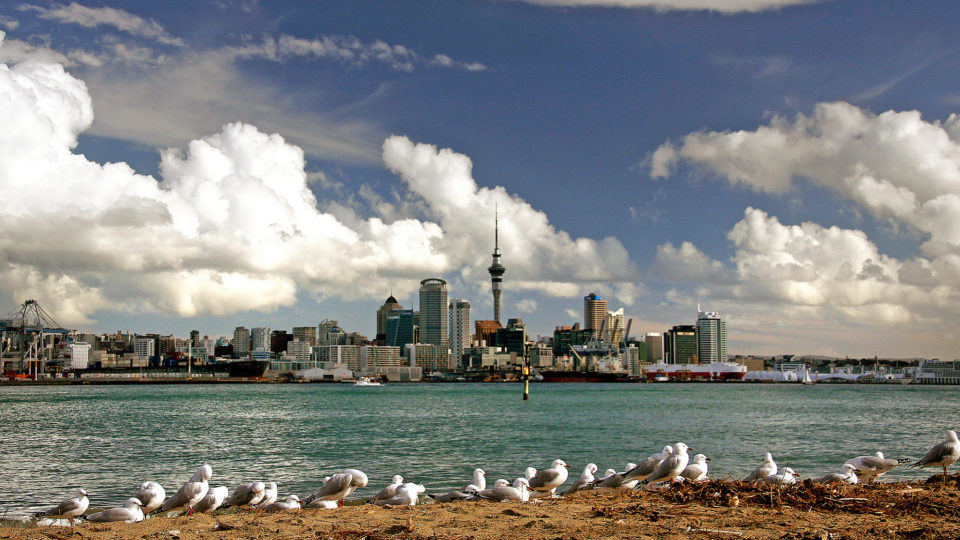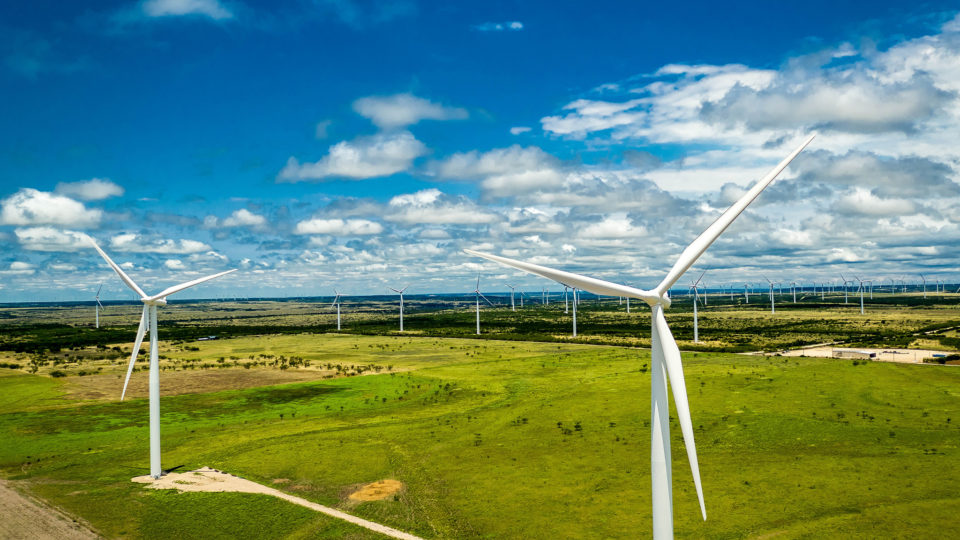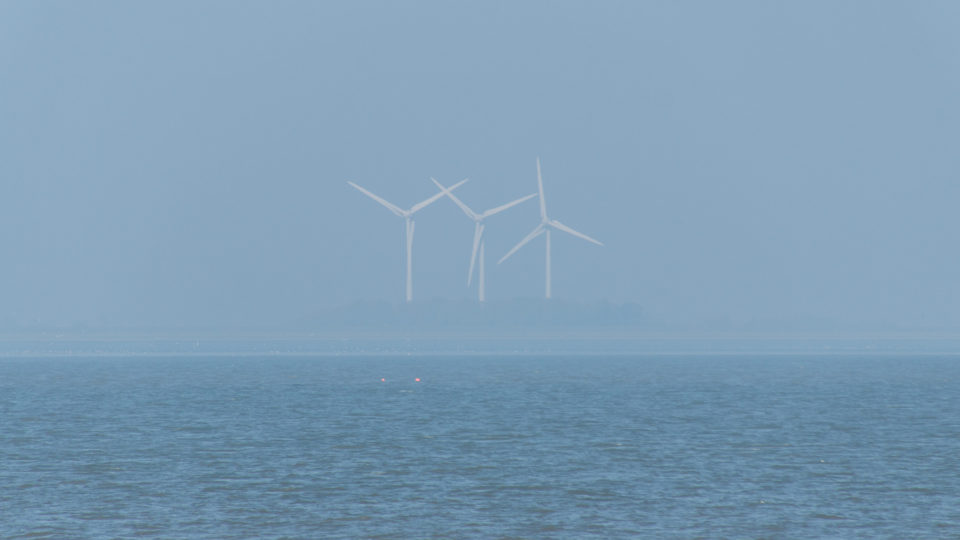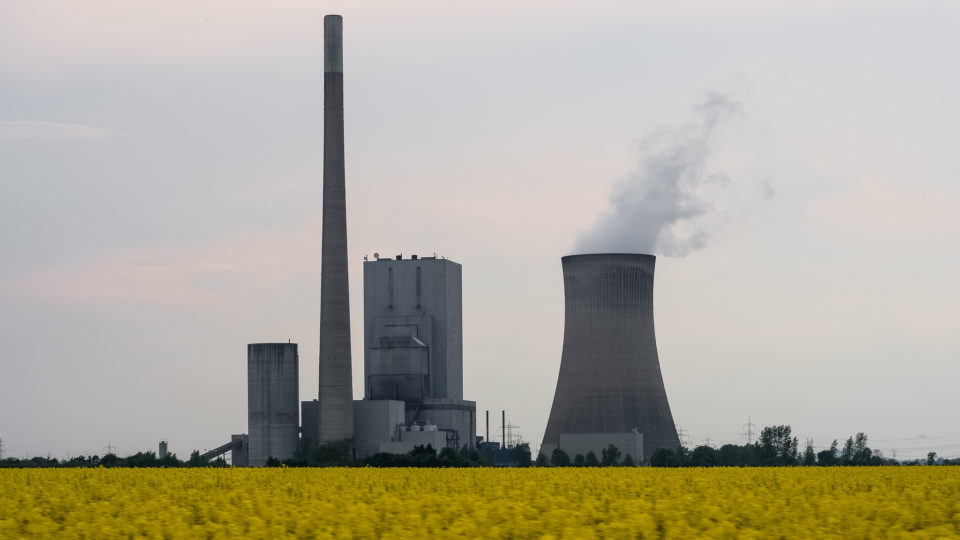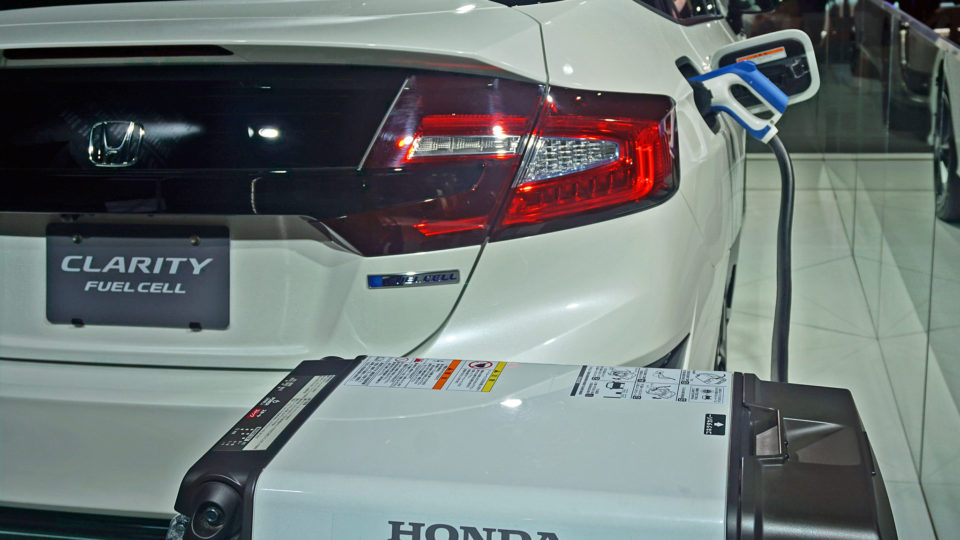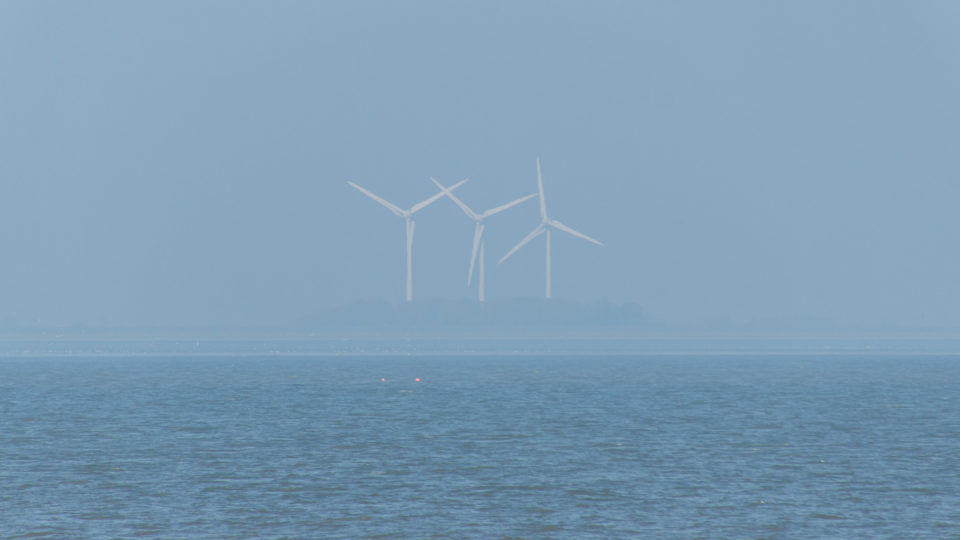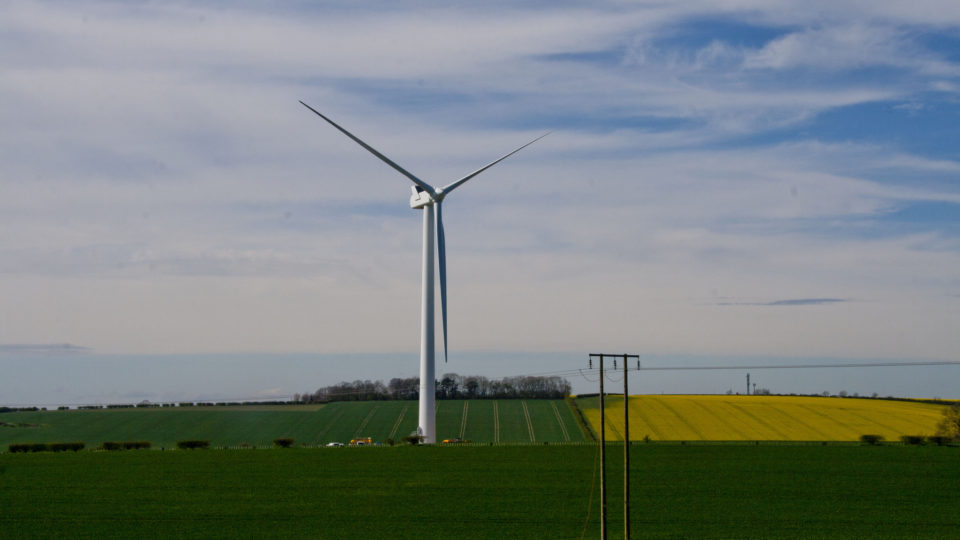renewable energy
Renewable Energy Jobs
According to a new report by the International Renewable Energy Agency, more than half a million new jobs were generated by the renewable energy industry last year, an increase of 5.3% when compared with 2016. The total number of people working in the renewables sector – which includes large hydropower facilities – has now exceeded 10 million people worldwide.
Mandatory Solar In California
In May, California became the first state in the U.S. to require solar panels on almost all new homes. Under new standards adopted by the California Energy Commission, most new homes, condos and apartment buildings built after January 1, 2020 will be required to include solar systems.
New Jersey Wind
New Jersey may host the second commercially operating offshore wind farm in the U.S. as soon as 2020. The company EDF Renewable Energy is moving forward with a plan to bring online a 24-MW farm sited off the coast of Atlantic City.
Investing In Solar Power
The total amount of solar power capacity installed in the world reached 100 gigawatts in 2012. Getting to that amount took decades. But things have changed in dramatic fashion in recent years.
Greenhouse Gas Emissions Rising Again
If we want to avoid drastic global warming this century, we need to sharply reduce greenhouse gas emissions over time. For the previous three years, emissions had been holding steady, but last year, global emissions from the use of coal, oil and natural gas increased by 1.4%. According to the International Energy Agency, this unfortunate new data should serve as a strong warning that we need to increase our efforts to combat climate change.
The High Cost Of The Cloud
More and more often we make use of “the cloud” – that mysterious place where we store, move, process and analyze data. We keep our photos there. We stream music and videos from there. We do our work there. Perhaps we have a mental image of all of this digital information floating above our heads in some ethereal way: like in a cloud.
Renewable Energy From Wood
Biofuels are fuels produced through contemporary biological processes rather than geological processes such as those involved in the formation of fossil fuels.
A Giant Wind Farm for Oklahoma
American Electric Power (AEP) is investing $4.5 billion to build the largest wind farm in the United States at a site in the Oklahoma panhandle. Known as the Wind Catcher Energy Connection, the 2-gigawatt wind project will include 800 2.5-megawatt wind turbines built by General Electric.
Renewable Powered Cities
Cities are responsible for 70% of the world’s energy-related CO2 emissions and it appears that they are taking responsibility for reducing them. Over 7,000 mayors around the world have signed up to the Global Covenant of Mayors for Climate and Energy, thereby pledging to act on climate change.
Electrifying Shipping Fleets
Container ships, tankers, freighters, and cruise ships are a significant source of carbon dioxide emissions and other pollutants. They currently account for 3% of global emissions – which doesn’t sound like much – but most other sectors such as power plants and automobiles are gradually decarbonizing. As a result, experts believe that shipping could account for as much as 17% of global emissions by the year 2050.
Renewables In Texas
When we think about Texas, we think of oil and conservative politics. But Texas is also earning a reputation as a leading state for integrating renewable energy into its electric grid.
U.S. Offshore Wind Powering Up
After many years of false starts and delays, the offshore wind industry in the U.S. finally seems to be gaining momentum. According to the Department of Energy, more than 25 offshore wind projects with a generating capacity of 24 gigawatts are now being planned. Most of these are off of the Northeast and Mid-Atlantic coasts.
Major Investments In Solar Power
There is big money going into renewable energy and energy-smart technologies and half of that is going into solar power. In 2017, global investments in green energy reached $334 billion and $161 billion of that was in solar.
A Carbon Loophole
Many power plants in Europe and elsewhere are replacing coal with wood. For example, the Drax Power Station in Britain was its largest coal-burning plant and is now using wood pellets shipped from the southern U.S. in its boilers. According to the carbon accounting rules at the EU and elsewhere, the process is considered to be “carbon neutral.” But is it?
The idea is that new trees are being planted in the forests where the trees are cut to be burned in power plants. So, there is carbon neutrality. In principle.
European countries have embarked on a massive effort to switch to generating power from renewable energy. While there has indeed been major growth in wind and solar power in the 28 countries of the European Union, much of the new “green” power has come from burning wood in converted coal power stations.
A group of 200 scientists wrote to the EU last September insisting that bioenergy from forest biomass is not carbon neutral and that there must be tighter rules to protect forests and their carbon. Wood burning has become a loophole in controlling carbon emissions.
There are problems with the claims of carbon neutrality. There is no way to know whether enough new trees are actually being planted to replace those being burned. And then there is the time lag for tree replacement. Trees don’t grow overnight. There are also the carbon emissions associated with harvesting, processing and transporting wood.
There are most certainly ways in which burning biomass can be carbon neutral and can represent real progress over the use of fossil fuels. But caution must be taken to avoid exploiting loopholes in current climate rules that might actually result in increased carbon emissions.
**********
Web Links
Carbon Loophole: Why Is Wood Burning Counted as Green Energy?
Photo, posted April 26, 2014, courtesy of Flickr.
‘A Carbon Loophole’ from Earth Wise is a production of WAMC Northeast Public Radio.
